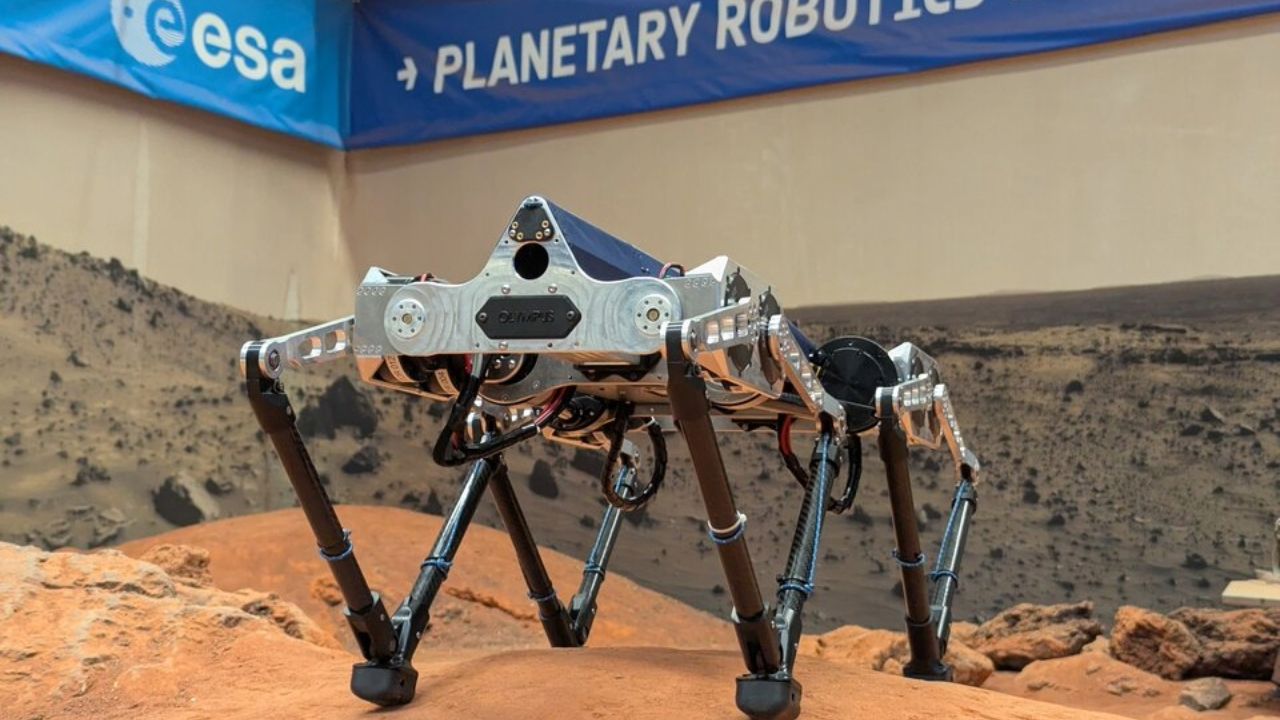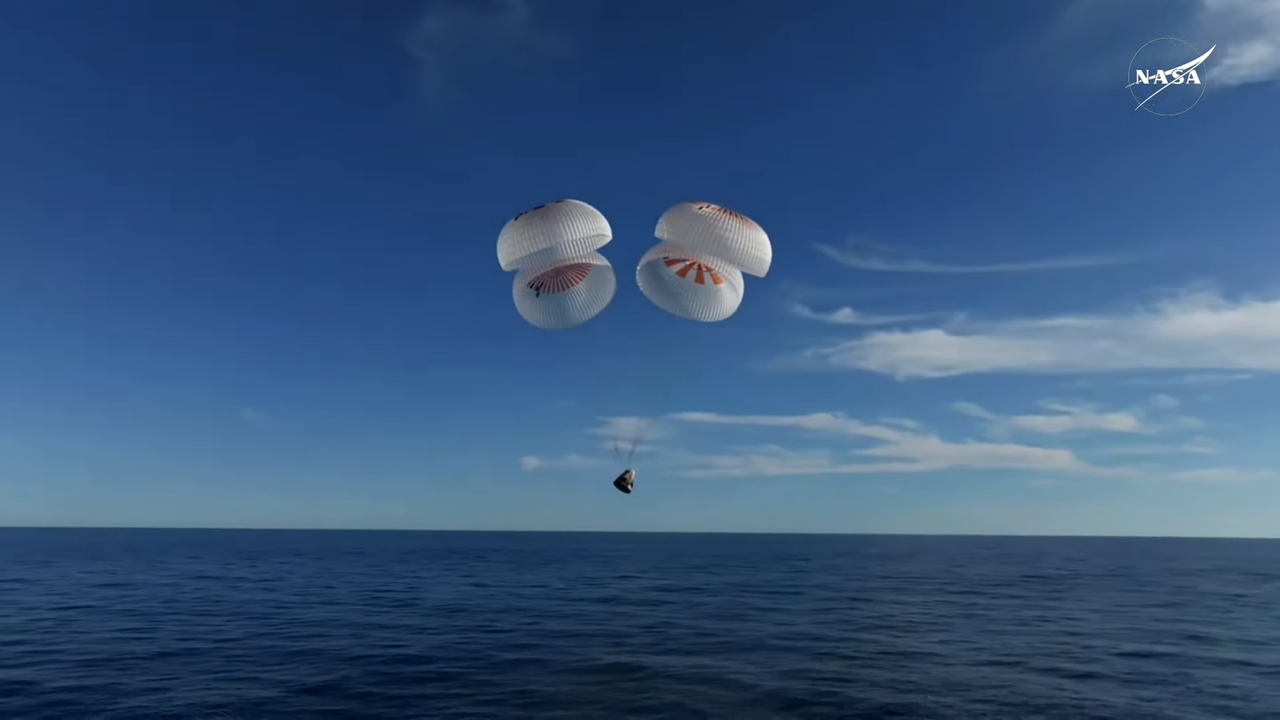Now Reading: Olympus’: 4-Legged Robot Poised to Assist Astronauts in Future Mars Missions
-
01
Olympus’: 4-Legged Robot Poised to Assist Astronauts in Future Mars Missions
Olympus’: 4-Legged Robot Poised to Assist Astronauts in Future Mars Missions

Fast Summary
- A four-legged robot named Olympus, designed for low-gravity environments like the Moon and Mars, showcased advanced mobility at the European Space Agency’s (ESA) Orbital Robotics Interactive Test (ORBIT) facility in the Netherlands.
- Olympus utilizes jointed “double” limbs with paw-like feet to perform agile movements such as stabilizing and jumping under simulated Martian gravity (38% of Earth’s gravity).
- Demonstrations showed its ability to autonomously stabilize orientation and execute wall-to-wall jumps, resembling swimming motions, while consistently landing on all four feet.
- The tests employed a frictionless floating platform mimicking two-dimensional weightlessness to evaluate leg motion efficiency.
- Utilizing reinforcement learning, Olympus taught itself adaptive movement strategies through trial-and-error machine learning techniques.
- Developed by Jørgen Anker Olsen from Norway’s University of Science and Technology, Olympus aims to explore challenging terrains like underground caverns or lava tubes inaccessible using traditional wheeled rovers or drones.
!Image: The four-legged robot Olympus on reddish surface.
Image Credit: ESA/J.A. Olsen
Indian Opinion Analysis
The progress of robots like Olympus represents a paradigm shift in extraterrestrial exploration by enabling access to rugged landscapes that current wheeled or flying robotics cannot traverse safely. Technologies employing reinforcement learning signify innovative approaches where tools adapt autonomously to uncertain environments-a concept applicable not only in space but also Earth-bound industries.
For India, which has made strides with missions such as Chandrayaan and Mangalyaan, this type of robotics technology offers potential avenues for deeper collaboration with institutions like ESA. Such advancements could enhance India’s capabilities for exploring lunar caverns or Martian crevices in future interplanetary missions. Moreover, adapting these technologies could have applications domestically in disaster relief operations across challenging terrains.
By embracing emerging innovations such as autonomous robotic systems tailored for extreme conditions, India can position itself as a leader in futuristic space exploration technology development.




























